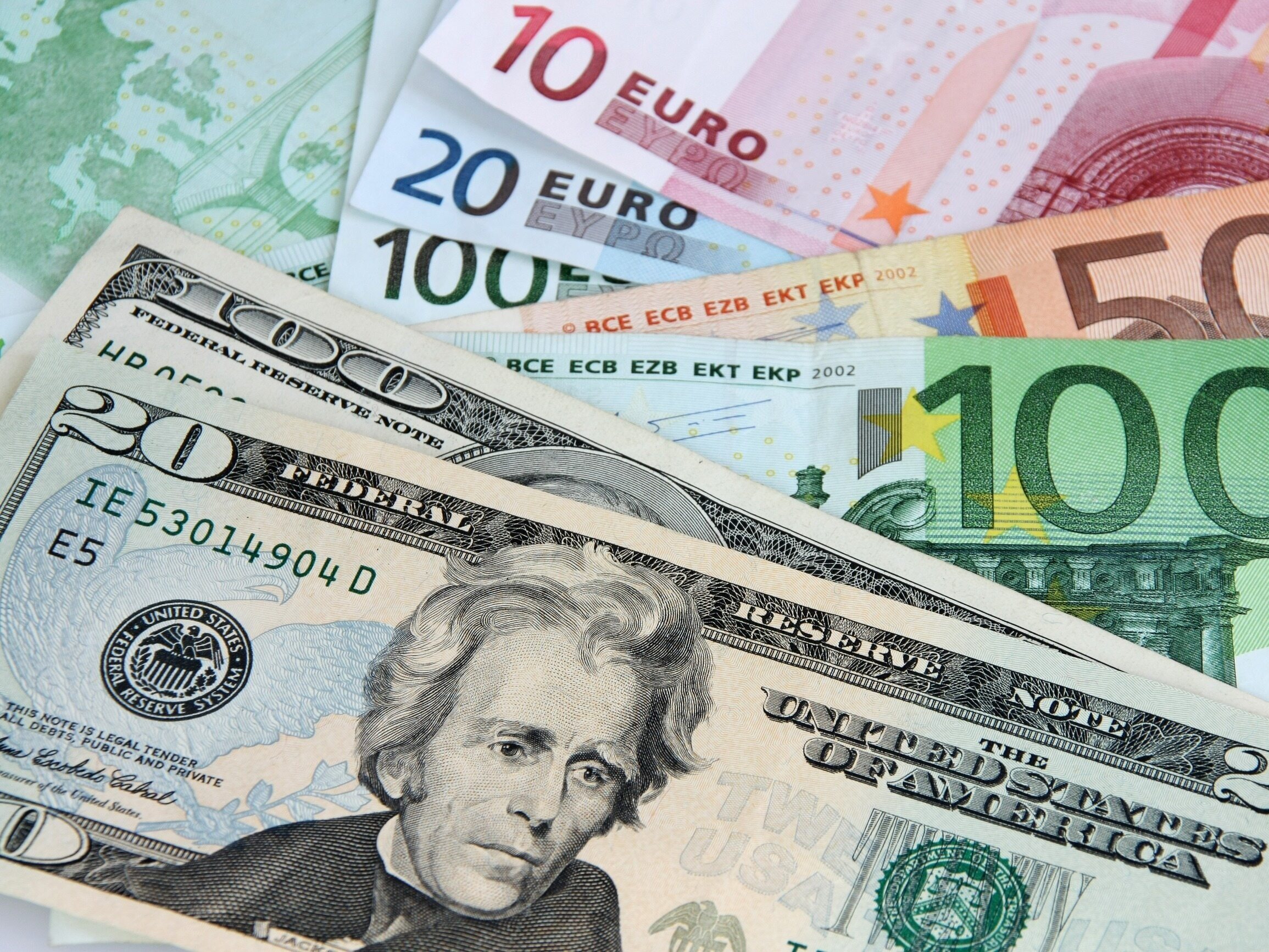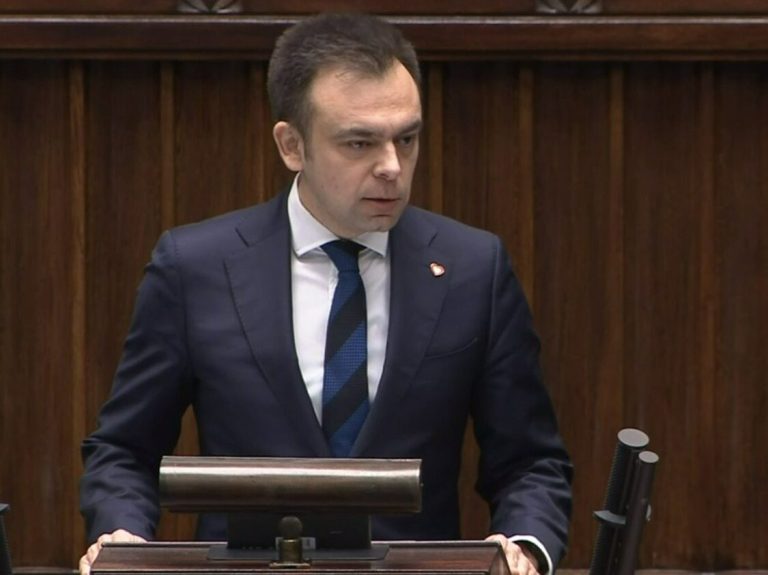The dollar is rising again. Inflation weakened him briefly

On Thursday, inflation data (CPI) from the US weakened the dollar. However, the depreciation lasted relatively short, as the EURUSD closed the day much lower. Then came the PPI data, which additionally gave a strengthening impulse to the “green” and at the same time contributed to an increase in US debt yields.
On Thursday, inflation data (CPI) from the US weakened the dollar. However, the depreciation lasted relatively short, as the EURUSD closed the day much lower. Then came the PPI data, which additionally gave a strengthening impulse to the “green” and at the same time contributed to an increase in US debt yields, which intensified the sell-off of the Nasdaq. Despite an attempt to recover, the main currency pair is trading below the mid-term uptrend line.
The dollar is rising
A stronger dollar is the effect of Friday’s data on producer prices. The annual PPI growth in the US after 12 months of continuous decline increased in July from 0.1 percent to 0.1 percent. in June to 0.8 percent. in July. Expectations were 0.7 percent. In turn, the annual dynamics of the base indicator was at the level of 2.4 percent. – which is the same as in June. The consensus was for a fall to 2.3%.
The increase in producer prices will, with a delay, lead to a slower decline in consumer inflation, which in turn may cause the Fed to maintain its hawkish stance for longer. Now the market is speculating what the Fed will do in September. Chances for a rate hike rose slightly after Friday’s data, which should explain why the USD gained. At this point, the market’s interpretation is as follows: higher PPI may mean that the July rate hike was not the last in the whole cycle and the September pause is doubtful. As a consequence, EURUSD approached 1.09 again. The main currency pair in the short term is “closed” in a consolidation limited by the levels of 1.1040 and 1.0915. In the medium term, the attempt to rebound from the uptrend line failed and the exchange rate is currently just below this technical barrier.
Nervous on the gas market
This week may be nervous on the gas market. Australia will again be in the spotlight, where possible strikes by workers threaten to curb LNG exports. This country is the largest supplier of this raw material. The issue is about wages and working conditions. More talks are due tomorrow. The rapid increase in the TTF benchmark recently (by over 30%) indicates that the supply situation is quite uncertain.
The European market is particularly sensitive to the turbulence related to the supply of LNG since the outbreak of the war in Ukraine. If the situation is averted, then there will be a calm down, and a possible return of prices to lower levels. Gas reserves in Europe are still at a high level. The situation may become tense again when the destocking phase begins and when we enter the heating season.






